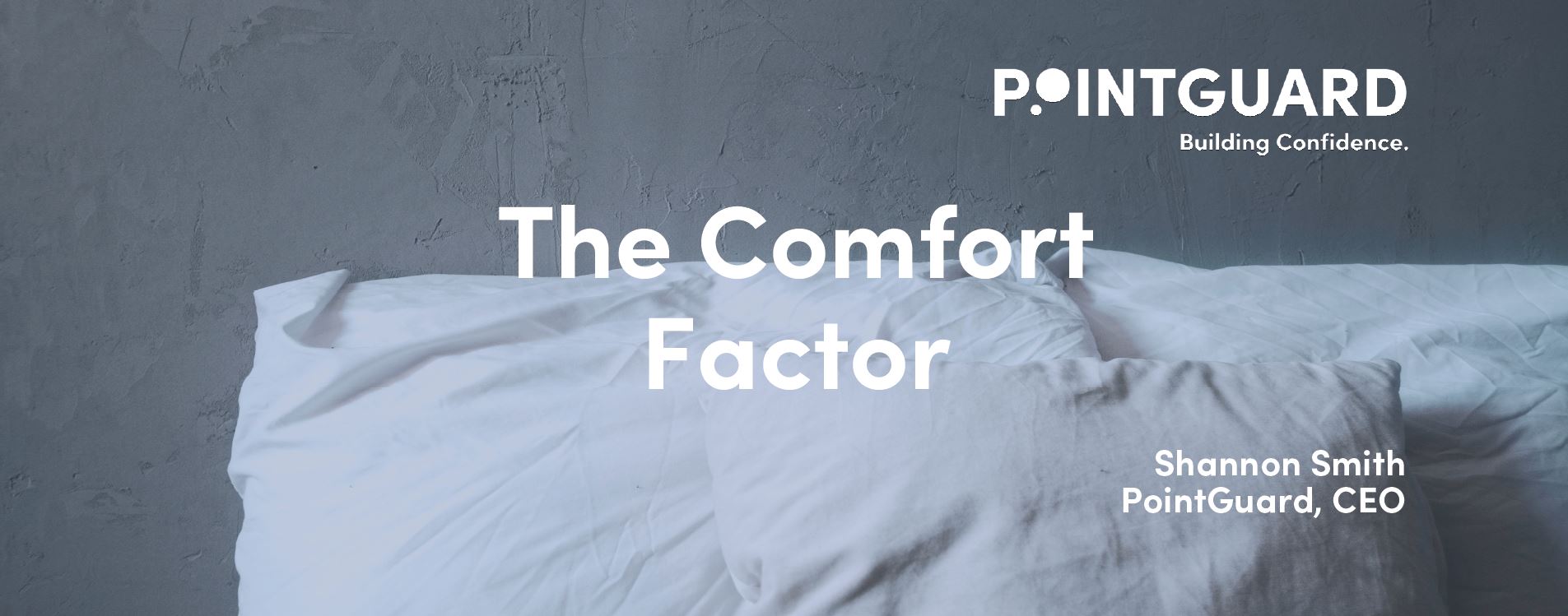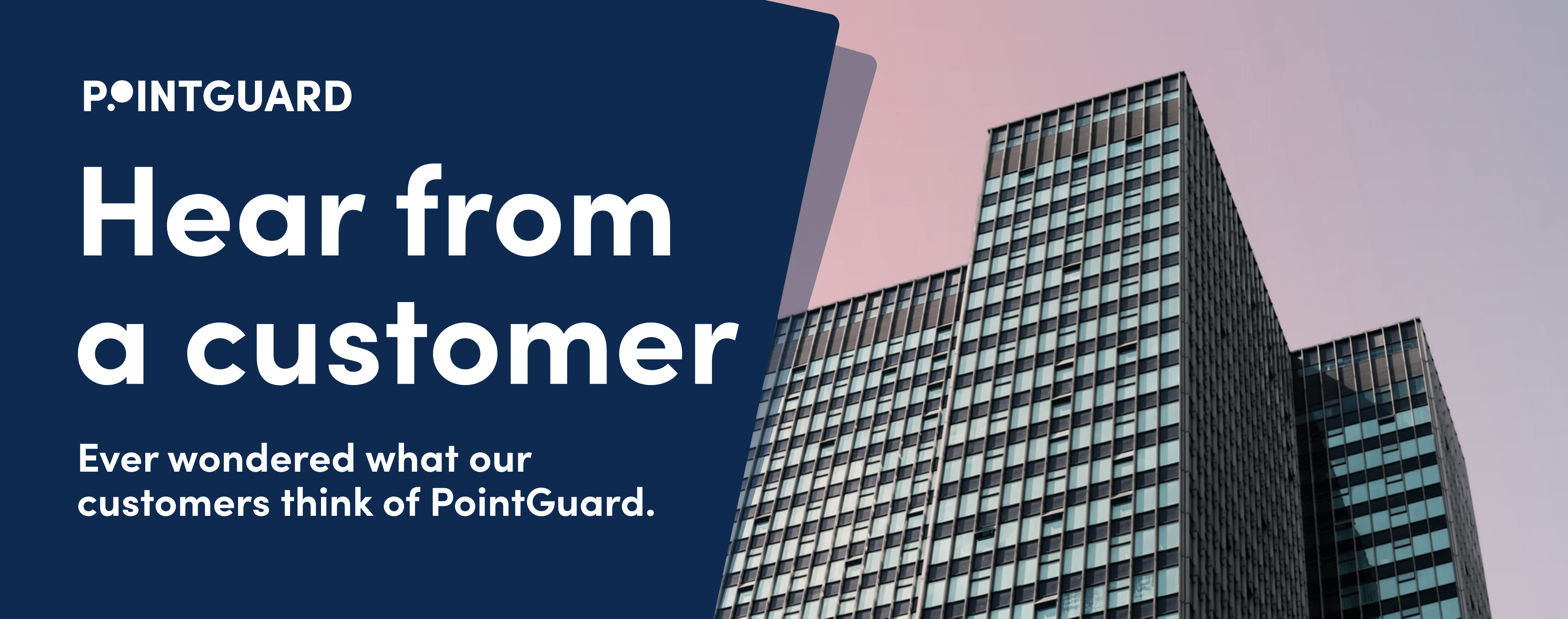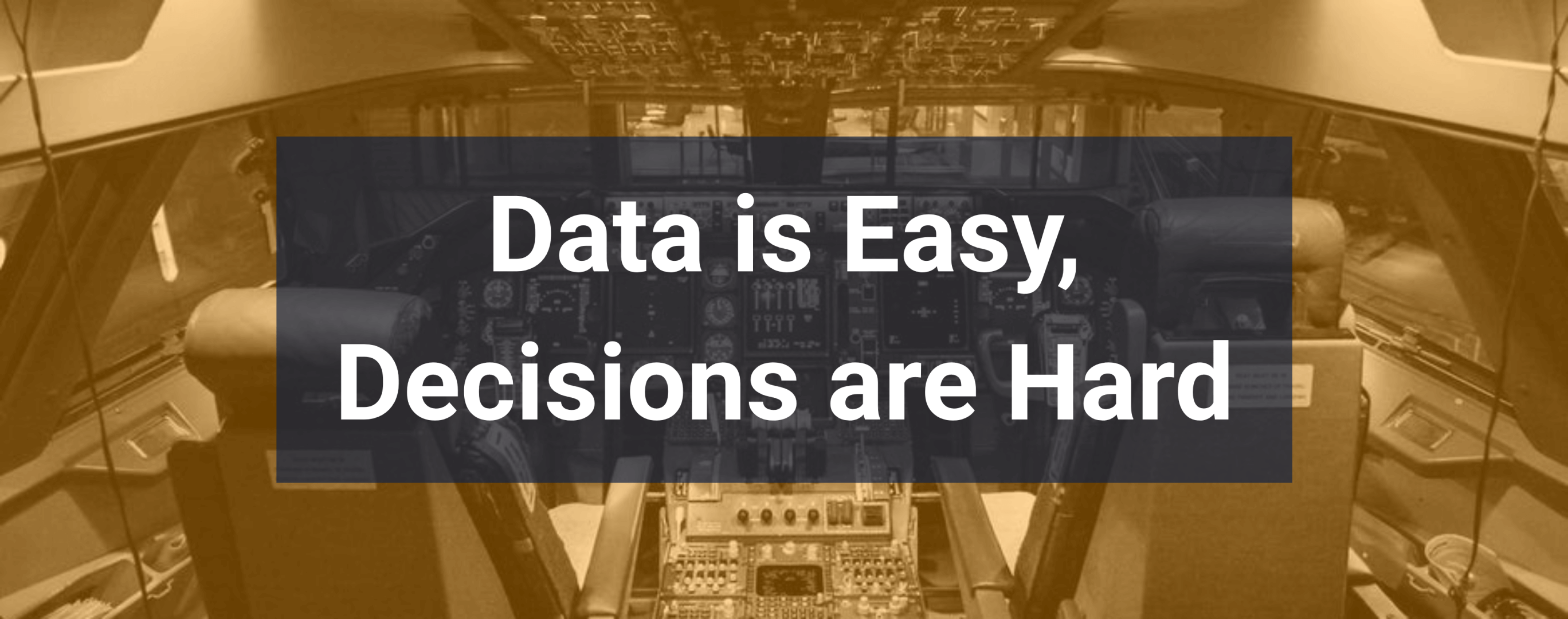The third of the three KPIs that are our gold standard is the comfort of your occupants. We’ve saved this until last to discuss, but in fact, it should be top of your list as you work to create a high-performance building.
A simple indicator that your smart building system is delivering value is a decrease in temperature complaints, which directly correlates to maintenance savings and increased ROI. Even more important is Tenant satisfaction which results in better lease-up times and renewal rates, and reduces vacancy rates and churn.
The relationship between people and the building in which they are working is vital. The productivity of staff, or anything that affects their ability to be productive, should be a major concern for any employer, and therefore the building in which they operate, should be a key interest.
For example, on air quality, a meta-analysis of 24 studies found that poor air quality lowered performance by up to 10% on measures such as typing speed and units output. Short term sick leave has also been found to be 35% lower in offices ventilated with greater supply rates of outdoor air. On thermal comfort, research in 2006 indicated a 10% reduction in people performance at both 79F and 62F, compared with a baseline between 69.8F and 74F.
If you maximize comfort you will maximize productivity. And the key to maximizing comfort is applying analytics to your BMS data via an automated fault detection and diagnostics (AFDD) system in order to:
-
Index the zones in your building according to comfort. In doing so you’ll identify and triage existing issues in order to very quickly improve comfort levels by solving problems that have the greatest impact. For this, you need a snapshot of all the zones and their comfort levels, along with diagnostics and the specific remedial action to take. Historical and environmental context, as well as the unique and specific characteristics of the building should inform this diagnosis, but the results must also be presented in a way that is quick and easy to understand, with a clear action plan for your people to follow.
-
Proactively prevent future comfort issues. This helps avoid the situation where the first time you hear about an issue is when an occupant alerts you to it. To do this, the analytics system should walk the floor, all day every day, automatically, methodically and continuously testing all your building’s system endpoints and looking for problems. The service should report on things when they matter, providing actionable, precise information to your team. They no longer have to guess and use trial and error to resolve problems, leading to a faster resolution and stopping comfort issues in their tracks, before your occupants are impacted.
Complex systems are continuously in flux, so the two steps above should become part of your routine to maintain an ideal state of performance, where occupants complaining about being too hot or too cold are a thing of the past. Happy, productive tenants mean happy, loyal lessees thanks to you and your team shifting from the defensive to the offensive when it comes to building comfort.
In addition, tracking the improvement of your building’s comfort index unequivocally quantifies your and your team’s value as an active, productivity-boosting facilities team.
How to get started: Book a PointGuard comfort test here to get insight into the comfort level of your property. This is a low-cost way to experience the value of analytics with a one-time, compelling performance indicator.
Find out more, download a sample report, and book a test here.












